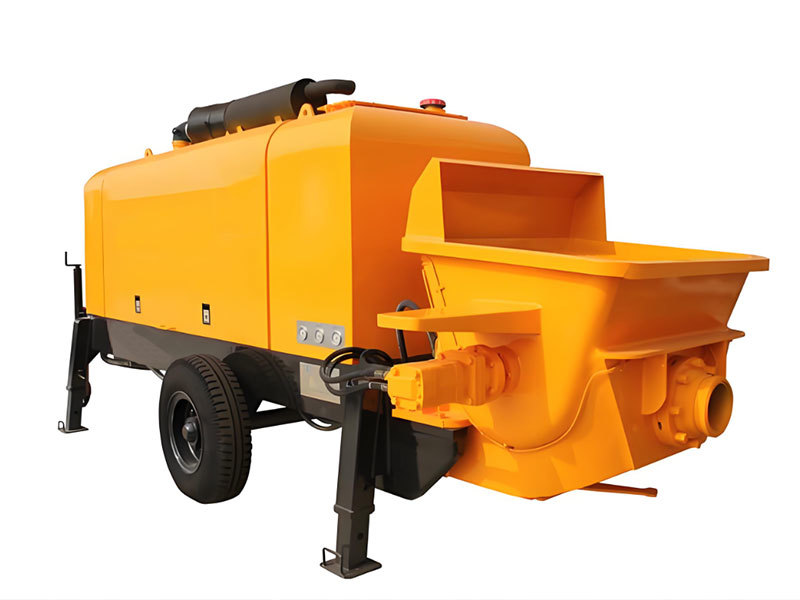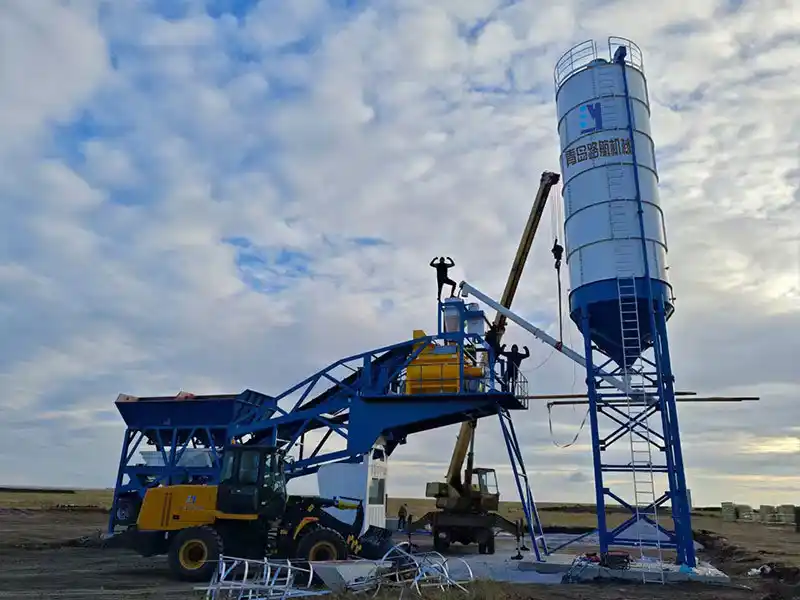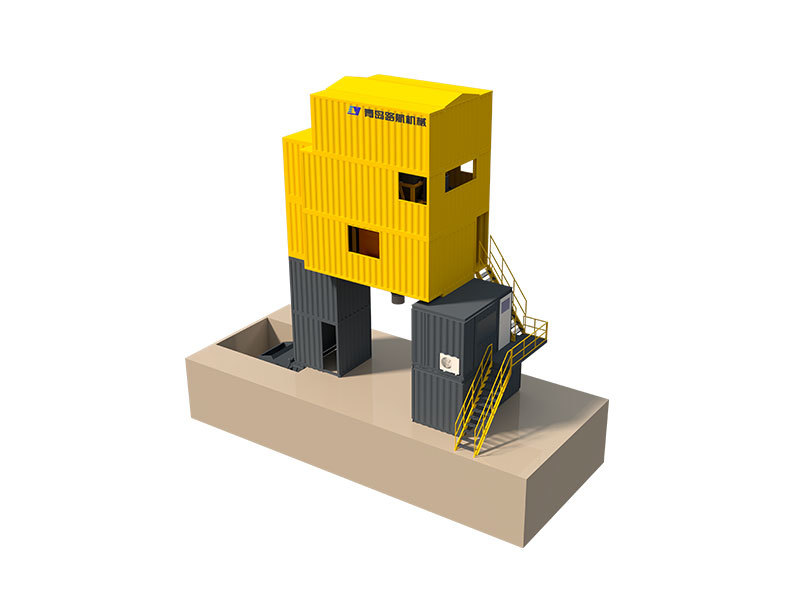Stirring Drag Pumps vs. Traditional Pumps: Choosing the Right Solution for Your Manufacturing Needs
Release time:
May 25,2025
Stirring Drag Pumps vs. Traditional Pumps: Choosing the Right Solution for Your Manufacturing Needs Table of Contents 1. Introduction to Pump Technologies 2. Understanding Stirring Drag Pumps 3. What Are Traditional Pumps? 4. Key Differences Between Stirring Drag Pumps and Traditional Pumps 5. Advantages of Stirring Drag Pumps 6. Advantages of Traditional Pumps 7. Cons

Stirring Drag Pumps vs. Traditional Pumps: Choosing the Right Solution for Your Manufacturing Needs
Table of Contents
- 1. Introduction to Pump Technologies
- 2. Understanding Stirring Drag Pumps
- 3. What Are Traditional Pumps?
- 4. Key Differences Between Stirring Drag Pumps and Traditional Pumps
- 5. Advantages of Stirring Drag Pumps
- 6. Advantages of Traditional Pumps
- 7. Considerations for Selecting the Right Pump
- 8. Frequently Asked Questions
- 9. Conclusion
1. Introduction to Pump Technologies
In the manufacturing sector, the choice of pumping technology can significantly impact operational efficiency, product quality, and overall costs. **Stirring drag pumps** and **traditional pumps** serve unique roles in various applications, making it crucial for manufacturers to understand their characteristics. This article delves into the distinctions between stirring drag pumps and traditional pumps, aiding you in determining which option is best for your manufacturing needs.
2. Understanding Stirring Drag Pumps
Stirring drag pumps are specialized devices designed to handle viscous fluids and slurries. These pumps utilize the principle of drag to propel fluids, making them particularly adept at mixing and transporting materials that may otherwise be challenging to process. The design of a stirring drag pump typically includes:
- **Impellers** that create a stirring action.
- **Drag bars** that enhance fluid movement through the system.
- A **chamber** designed to minimize turbulence and maximize flow rates.
These features contribute to the pump's ability to handle complex materials, making it an attractive option for industries such as food processing, chemical manufacturing, and pharmaceuticals.
3. What Are Traditional Pumps?
Traditional pumps encompass a broad category of pumping systems, including centrifugal pumps, positive displacement pumps, and gear pumps. Each type operates based on different principles:
- **Centrifugal Pumps**: Utilize rotational energy to move fluids through centrifugal force.
- **Positive Displacement Pumps**: Move fluid by trapping a fixed amount and forcing it through the discharge.
- **Gear Pumps**: Employ rotating gears to transport fluids.
Traditional pumps are widely used across various industries due to their versatility, efficiency, and reliability when handling simpler fluids such as water or oils.
4. Key Differences Between Stirring Drag Pumps and Traditional Pumps
When comparing stirring drag pumps to traditional pumps, several critical differences emerge:
4.1 Fluid Handling Capability
Stirring drag pumps excel in handling highly viscous fluids and slurries, while traditional pumps may struggle with such materials. The unique design of stirring drag pumps promotes effective mixing and flow in challenging conditions.
4.2 Efficiency and Performance
Traditional pumps typically offer superior efficiency when handling low-viscosity fluids. However, for applications involving thick, mixed materials, stirring drag pumps can outperform traditional options, maximizing throughput and reducing processing times.
4.3 Maintenance and Operational Costs
Maintenance requirements differ significantly between the two types of pumps. Stirring drag pumps may require more frequent maintenance due to their complex design and usage conditions. In contrast, traditional pumps usually have lower operating costs but may incur higher energy expenses in specific applications.
5. Advantages of Stirring Drag Pumps
Stirring drag pumps provide several benefits that make them ideal for specific manufacturing environments:
5.1 Enhanced Mixing Capabilities
These pumps excel at mixing materials, which can improve the uniformity of products in food and chemical processes.
5.2 Versatility in Application
Stirring drag pumps can adapt to various manufacturing scenarios, handling everything from liquid slurries to pastes and emulsions.
5.3 Improved Flow Rates
The drag mechanism allows for consistent and efficient flow rates, minimizing downtime and increasing productivity in manufacturing.
6. Advantages of Traditional Pumps
Traditional pumps also offer notable advantages that can benefit many manufacturing processes:
6.1 Energy Efficiency
When used for appropriate applications, traditional pumps can operate with lower energy consumption, which is essential for cost management in large-scale operations.
6.2 Simplicity of Design
The straightforward design of traditional pumps often translates to easier maintenance and reduced operational complexities.
6.3 Proven Reliability
Many industries have relied on traditional pumps for years, establishing a track record of reliability and performance across a wide range of applications.
7. Considerations for Selecting the Right Pump
Choosing the right pump for your manufacturing needs involves evaluating several factors:
7.1 Type of Fluid
Assess the viscosity, density, and composition of the fluid you will be pumping. This will guide your decision toward either a stirring drag pump or a traditional pump.
7.2 Application Requirements
Determine the specific requirements of your application, including flow rates, pressure needs, and mixing capabilities.
7.3 Cost and Budget Constraints
Analyze the initial investment in the pump technology against the long-term operational costs. Sometimes, a higher upfront cost can lead to lower operational expenses.
7.4 Maintenance Considerations
Consider the maintenance requirements and ease of service for each pump type. Understanding the expected lifecycle and potential downtimes will be crucial for operational efficiency.
8. Frequently Asked Questions
8.1 What types of applications are best suited for stirring drag pumps?
Stirring drag pumps are ideal for applications that involve handling viscous fluids, slurries, and materials requiring mixing, such as in food processing and chemical manufacturing.
8.2 Can traditional pumps be used for viscous fluids?
While traditional pumps can manage some viscous fluids, they may not perform efficiently compared to stirring drag pumps, leading to potential issues with flow and mixing.
8.3 What is the typical lifespan of a stirring drag pump?
The lifespan of a stirring drag pump varies based on usage, maintenance, and application conditions. With proper care, they can last several years, but maintenance is crucial for longevity.
8.4 How do I know which pump is more cost-effective?
To determine cost-effectiveness, analyze both the initial purchase price and the total cost of ownership, including energy use and maintenance.
8.5 Is there a risk of clogging in stirring drag pumps?
Yes, stirring drag pumps can experience clogging if the materials being pumped contain large solids or particles. Regular maintenance and monitoring can mitigate this risk.
9. Conclusion
In summary, the choice between stirring drag pumps and traditional pumps hinges on your specific manufacturing requirements. Stirring drag pumps present a compelling option for applications involving viscous fluids and require mixing, while traditional pumps excel in handling simpler fluids efficiently. By carefully considering the factors outlined above, including fluid characteristics, application needs, and economic implications, you can make an informed decision that enhances your operational capabilities. Ultimately, the right pump technology can lead to improved production efficiency and cost savings, helping your business thrive in a competitive landscape.
Key words:




